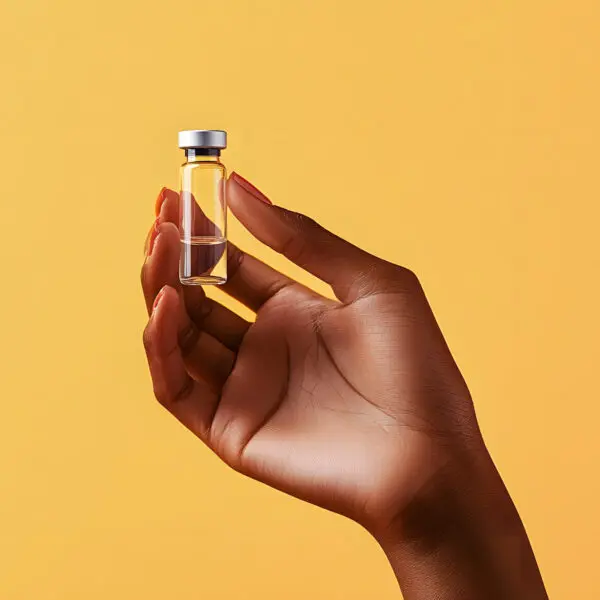The thymus gland, located in the upper chest behind the breastbone, is a crucial component of our immune system. The thymus is most active during childhood, producing the majority of T-cells before puberty. T-cells are white blood cells responsible for identifying and attacking foreign pathogens, such as bacteria and viruses, and protecting the body from infections and diseases. This organ also plays a vital role in developing immune responses against pathogens, fighting cancer cells through natural defense mechanisms, and maintaining immune competence throughout life.
The Thymus-Aging Connection
As we age, the thymus undergoes a process known as involution, gradually shrinking and becoming less active. Despite its gradual involution, the thymus continues to produce T-cells throughout adulthood, maintains diverse immune responses, influences cancer risk and autoimmune diseases, and produces essential hormones like thymosin. Its persistent activity challenges beliefs about its post-puberty irrelevance, highlighting its lifelong role in maintaining immune competence and overall health.
However, its gradual involution with age leads to a decline in T-cell output, contributing to immunosenescence–the age-related deterioration of the immune system. This process increases susceptibility to infections and diseases. This impacts the body’s ability to maintain central tolerance, potentially leading to autoimmune disorders. The thymus’s diminishing function is also linked to inflamm-aging, a chronic low-grade inflammation associated with several age-related conditions. Recent research has shown promising results in thymic rejuvenation, suggesting that interventions targeting the thymus could reverse aspects of biological aging.
The Groundbreaking TRIIM Trial
The Thymus Regeneration, Immunorestoration, and Insulin Mitigation (TRIIM) trial, led by Dr. Gregory Fahy from 2015-2017, demonstrated remarkable results in thymus regeneration:
- Involved nine healthy men aged 51-65
- Combined growth hormone (rhGH), dehydroepiandrosterone (DHEA), and Metformin
- Achieved thymus regeneration in 7/9 participants
- Reduced epigenetic age by 2.5 years on average
The PUR-FORM Protocol: An Enhanced Approach
Building on the TRIIM trial’s success, our modified protocol introduces strategic improvements:
- Replacing HGH with Sermorelin: It stimulates natural growth hormone production, maintains physiological feedback mechanisms, stimulates pituitary gene transcription of growth hormone mRNA, potentially increasing pituitary reserve and preserving more of the growth hormone neuroendocrine axis (could help slow the decline of pituitary function associated with aging), and has a better safety profile with fewer side effects.
- Substituting Metformin with Berberine: It activates AMPK similarly to Metformin, enhances exercise benefits (Metformin reduces exercise benefits), improves gut health, and offers strong anti-inflammatory properties that could further benefit thymus health and regeneration.
- Continuing DHEA: DHEA was part of the original TRIIM protocol, so maintaining its use aligns with the study design.
- Integration of Senolytic Agents: Senolytic agents could be a valuable addition to an alternative TRIIM trial, complementing the effects of other interventions like Sermorelin, Berberine, and DHEA. Senolytics selectively eliminate senescent cells, accumulating with age and contributing to chronic inflammation. By removing these problematic cells, senolytics could enhance the overall regenerative effects of the trial. They may help create a more favorable environment for thymus regeneration and immune system regeneration by reducing the inflammatory burden and freeing up tissue repair and renewal resources.
Benefits of Our Modified Protocol
Our enhanced approach offers several advantages:
- More natural hormone regulation
- Reduced side effects
- Improved synergy between components
- Comprehensive anti-aging effects
- Enhanced thymus regeneration potential
The future of anti-aging medicine lies in innovative approaches that work with our body’s natural processes. By combining cutting-edge research with enhanced therapeutic options, we’re offering patients a more effective, safer path to healthy aging.
If you’re interested, I wrote a more in-depth blog on this topic that discusses the specific dosages, labs, testing protocol, and ways to assess the anti-aging aspects which you can read below.
-Dr. P














